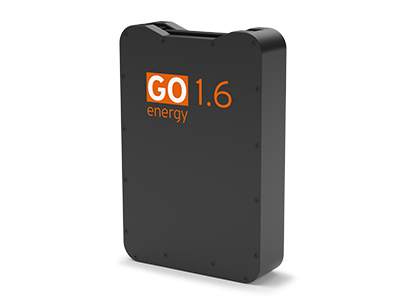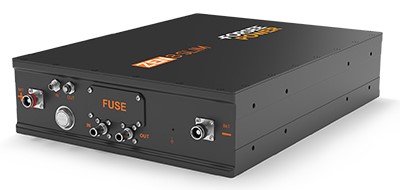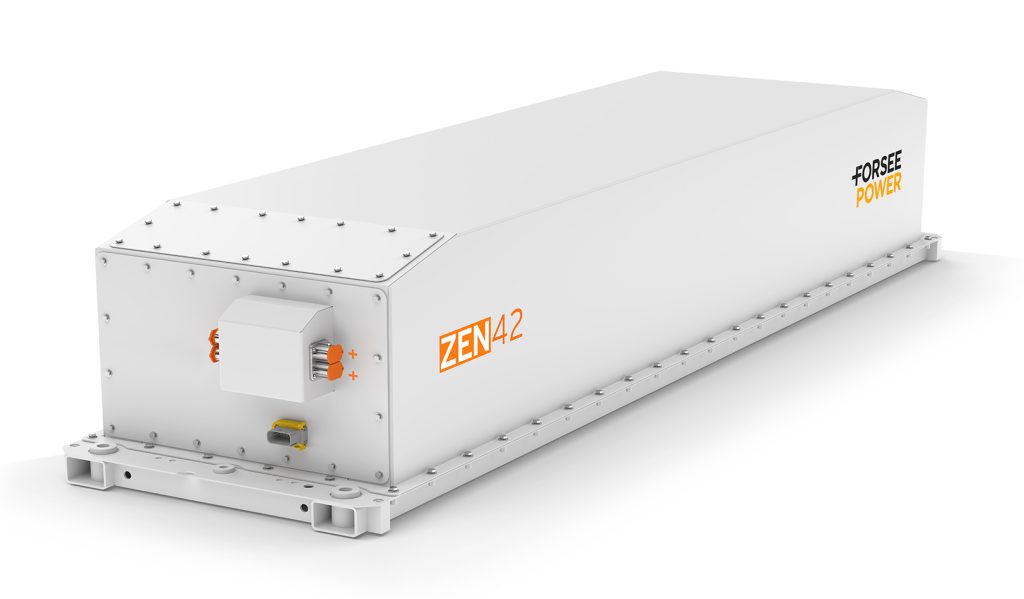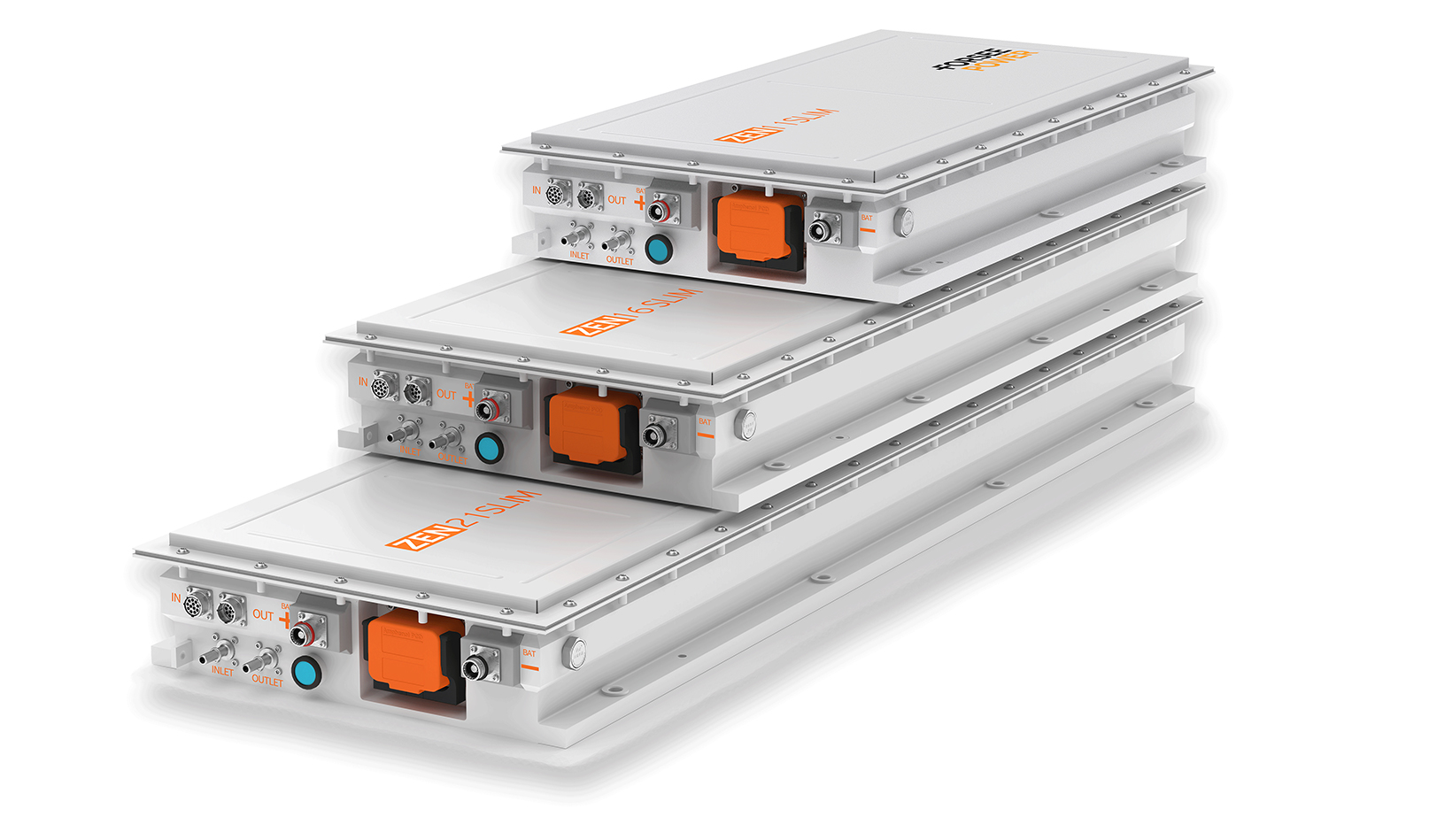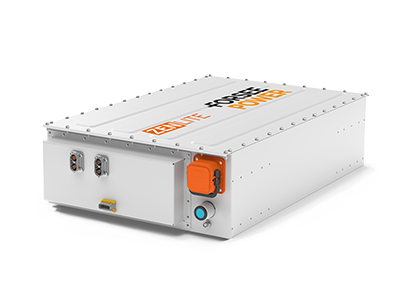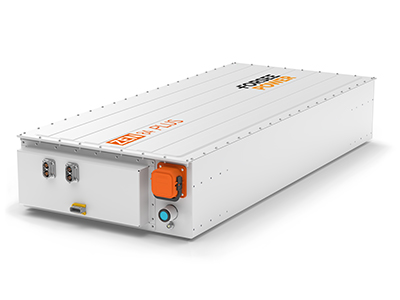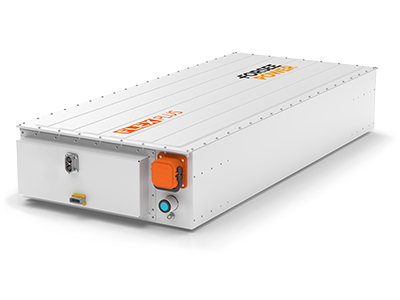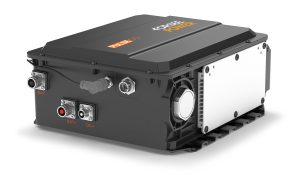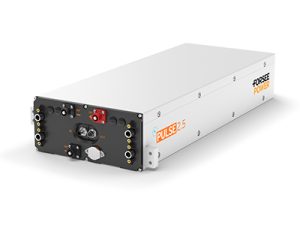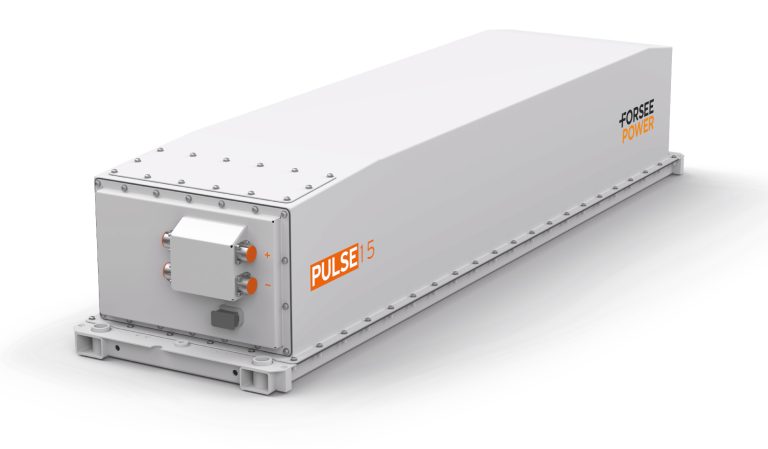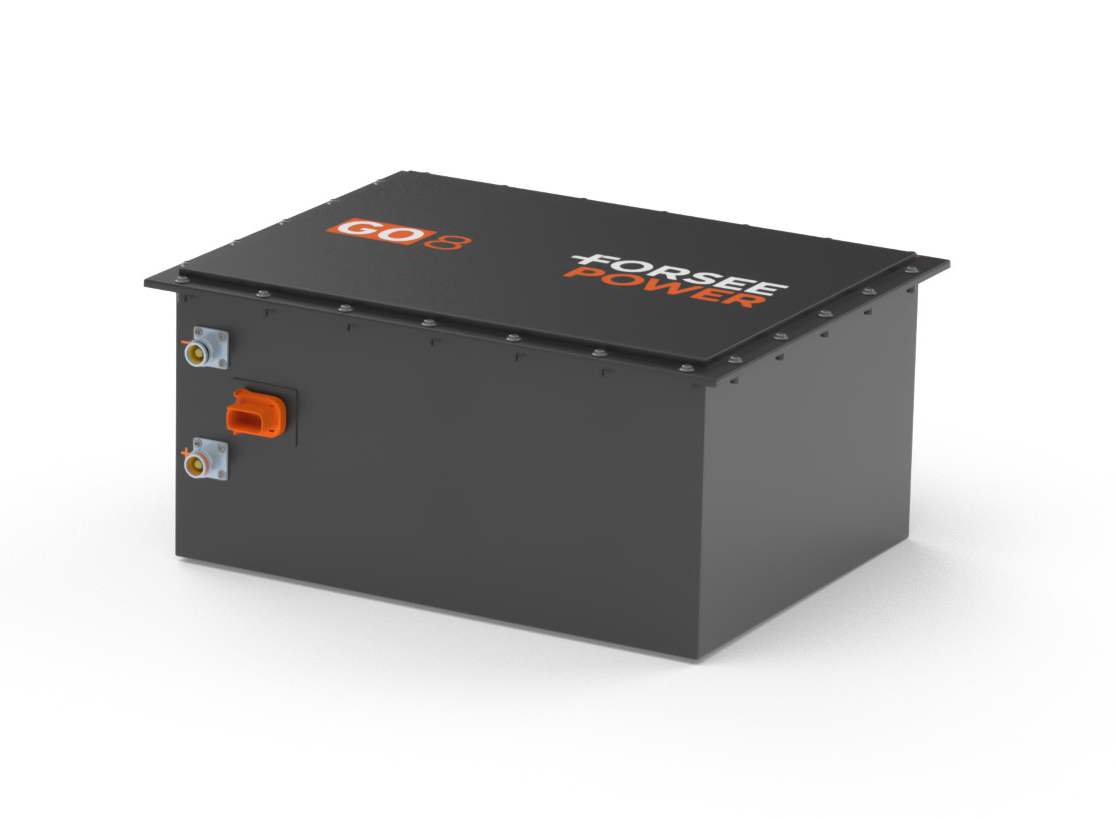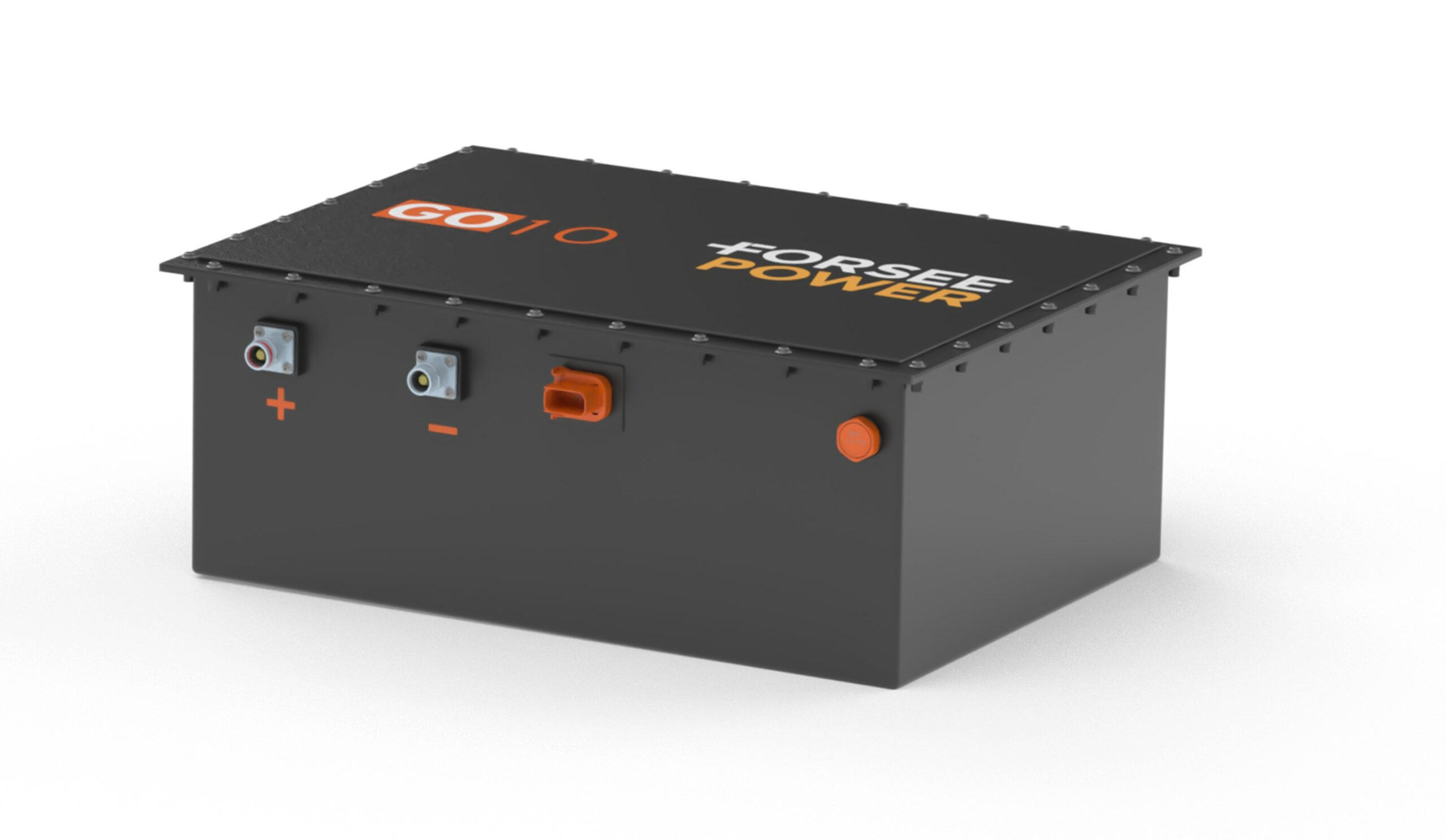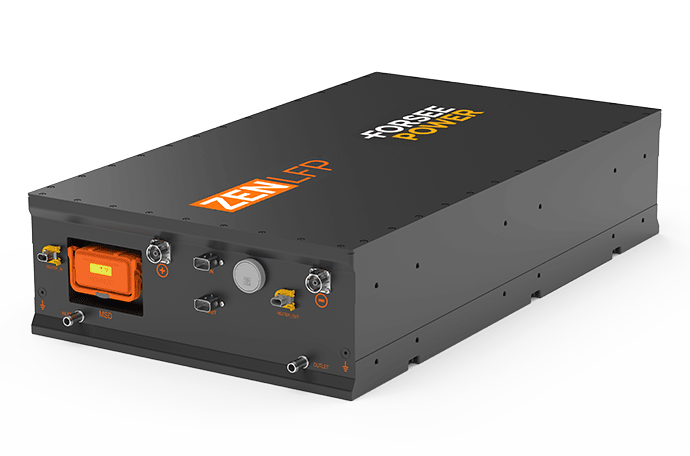The lithium battery revolution for electric vehicles
Lithium-ion batteries for electric vehicles have revolutionised the automotive industry. With their high energy density, long life and light weight, they are the predominant technology for powering electric vehicles.
Let’s explore the different lithium technologies and the potential of lithium batteries for mobility.
Lithium is a light, highly reactive chemical element. It is used in the manufacture of lithium batteries for electric vehicles among other things.
Its use in batteries has grown exponentially over the last few decades, offering advantages such as high energy density and rapid recharging, propelling the electrification of transport and the transition to a more sustainable society.
Lithium Manganese Cobalt (NMC) batteries for electric vehicles
Lithium NMC batteries, or lithium-nickel-manganese-cobalt batteries, are renowned for their high energy density, making them a popular choice for electric vehicles with long range requirements. They offer a remarkable balance between energy density, power, durability and safety, making them a preferred choice for many electric vehicle manufacturers.
Chemical composition & structure
NMC cells consist of cathode containing nickel, manganese and cobalt, a graphite anode and a lithium-based electrolyte. This combination of materials ensures high energy density while maintaining good stability and long life.
Advantages of NMC cells
High energy density
NMC cells offer high energy density, which means they can store more energy per unit weight. This increases the range of electric vehicles and extends the distances travelled between charges.
Long service life
NMC cells are renowned for their long life, making them an ideal choice for electric vehicle owners wishing to maximise the durability of their battery. Thanks to their stable chemical composition, NMC cells can withstand numerous charge and discharge cycles without significant performance degradation.
High level of safety
NMC cells incorporate advanced safety measures to minimise the risk of overheating, short-circuiting or failure. Manufacturers use fireproof materials, sophisticated thermal management systems and electronic protection devices to ensure user safety.
Applications
NMC cells are used in a wide range of electric mobility applications, including passenger cars, commercial vehicles, electric motorcycles, scooters and even electric buses. Their versatility and high performance make them a suitable solution for different types of vehicle, from everyday urban journeys to long-distance travel.
Lithium Titanate Oxide (LTO) batteries
Lithium-titanium-oxide battery cells, commonly known as LTO cells, are an advanced technology used in energy storage and electric mobility applications. Unlike other types of lithium-ion batteries, LTO cells are distinguished by their unique chemical composition and exceptional performance.
Chemical composition and structure
LTO cells are composed of a lithium-titanium oxide anode (Li4Ti5O12), a cobalt-nickel-manganese oxide cathode (LiCoNiMnO2) and a lithium-based electrolyte. This combination of materials offers unique properties that contribute to the advantages of LTO cells.
Advantages of LTO cells
Excellent thermal stability and a high level of safety
LTO cells are renowned for their exceptional thermal stability, which means they can operate efficiently over a wide range of temperatures, from extremely cold environments to hot conditions.
This reduces the risk of overheating, short-circuiting or failure.
Long service life
LTO cells are renowned for their long service life, up to several thousand charge and discharge cycles. This makes them an ideal choice for applications requiring high durability, such as long-term energy storage systems and intensively used electric vehicles…
Fast charging
LTO cells are capable of rapid recharging, reducing waiting time for users and increasing the availability of electric vehicles. Thanks to their unique chemical structure, LTO cells can accept a high-intensity charge without compromising their safety or lifespan.
Applications
LTO cells are used in a variety of applications, including electric vehicles, large-scale energy storage systems, energy backup systems, industrial equipment and military applications. Their long life, thermal stability and fast charging capability make them an ideal choice for applications requiring high power, long life and increased safety.
Lithium iron phosphate (LFP) batteries for electric vehicles
LFP cells are made up of a lithium iron phosphate (LiFePO4) cathode, a graphite anode and a lithium-based electrolyte. This combination of materials gives LFP cells distinctive characteristics and contributes to their exceptional performance.
Chemical composition & structure
LFP cells feature a lithium iron phosphate (LiFePO4) cathode, a graphite anode and a lithium electrolyte. This combination of materials gives LFP cells distinctive characteristics and contributes to their exceptional performance.
Advantages of LFP cells
Excellent thermal stability and a high level of safety
LFP cells feature high thermal stability, making them suitable for a wide range of operating temperatures. They maintain their performance and efficiency even under extreme conditions.
Their stable chemical composition minimises the risk of degradation and undesirable reactions, ensuring safe, reliable use.
Long service life
LFP cells are renowned for their long life, capable of a high number of charge and discharge cycles without significant degradation in performance. They are ideal for applications requiring intensive use over an extended period, reducing maintenance and replacement costs.
High discharge capacity
LFP cells are capable of delivering high power in a stable manner. They are suitable for applications requiring rapid discharge and constant energy delivery, such as use in high-acceleration electric vehicles or in emergency energy storage systems.
Applications
LFP cells are used in a variety of applications, including electric vehicles, residential and commercial energy storage systems, emergency equipment, marine applications and many others.

